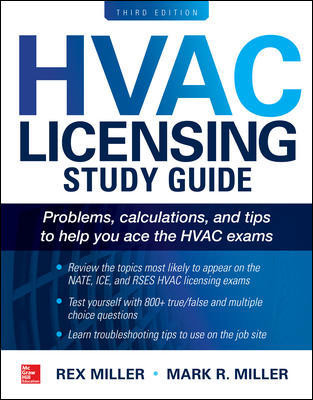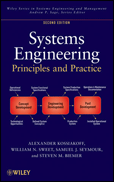The NIST researchers said such findings highlight the importance of early testing of a ventilation system's ability to achieve design intent. The differences between actual versus the predicted ventilation rates also argue for subsequent regular maintenance checks. They noted instances where building engineers could not find ventilation systems plans or found the ventilation system equipment itself inaccessible and urged building designers and operators to remedy the situations.
A key goal of the U.S. EPA Building Assessment Survey and Evaluation (BASE) study was to define the status of the existing U.S. building stock with respect to IAQ, ventilation and occupant perceptions of environmental conditions. NIST's analysis and the original data should be useful for establishing standardized protocols for future IAQ studies, examining the relationship between symptoms reported by occupants and building characteristics, and developing guidance on building design, construction, O&M.
* A. Persily, J. Gorfain, Analysis of Ventilation Data from the U.S. Environmental Protection Agency Building Assessment Survey and Evaluation (BASE) Study, NISTIR 7145, is available at www.bfrl.nist.gov/pdf/BASE-final.pdf.





